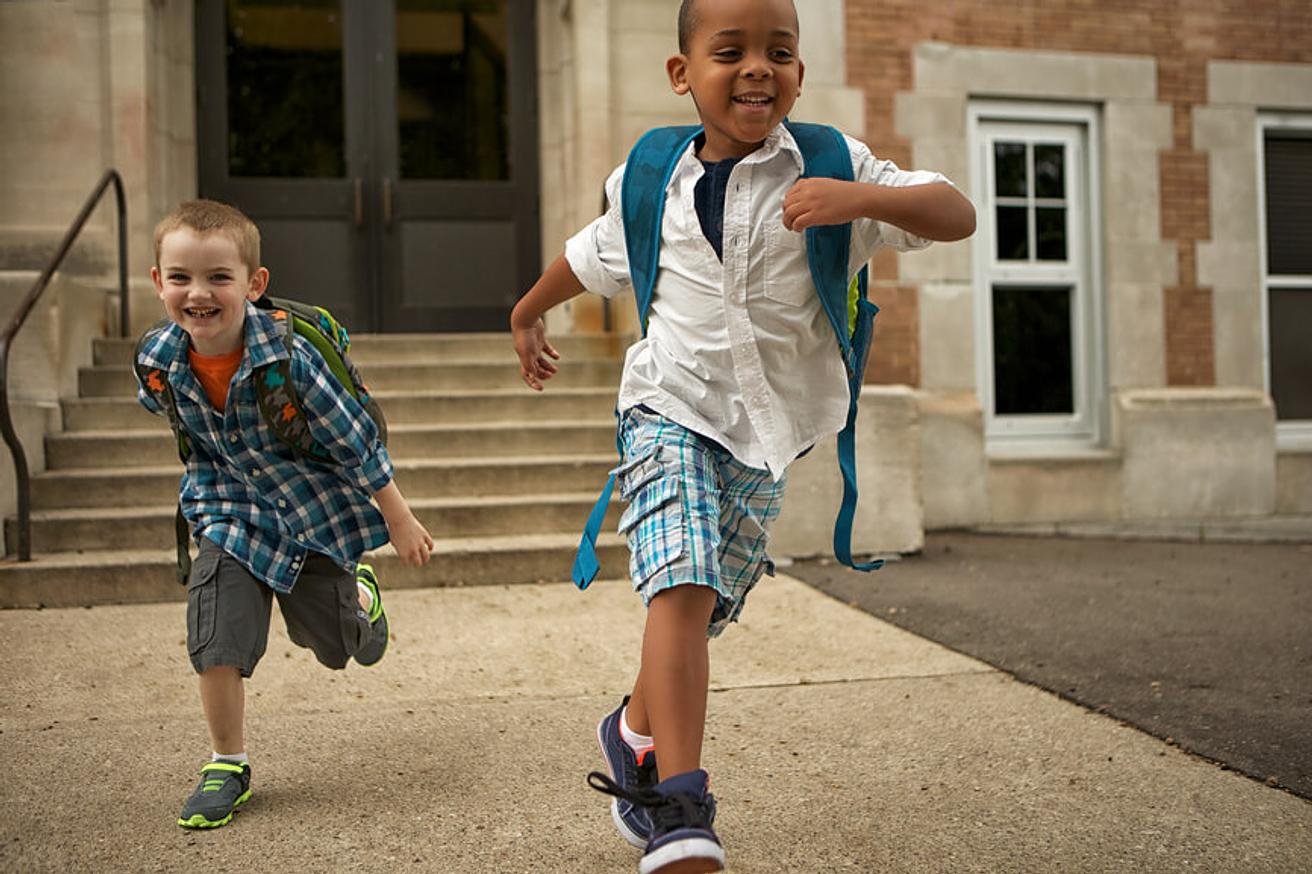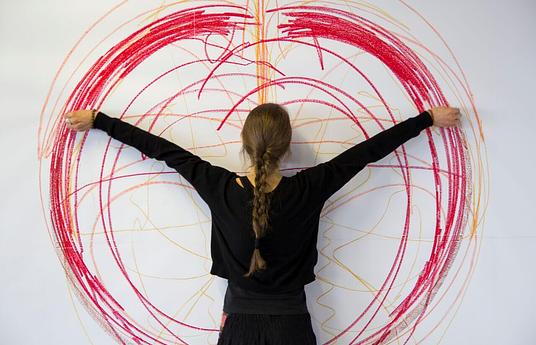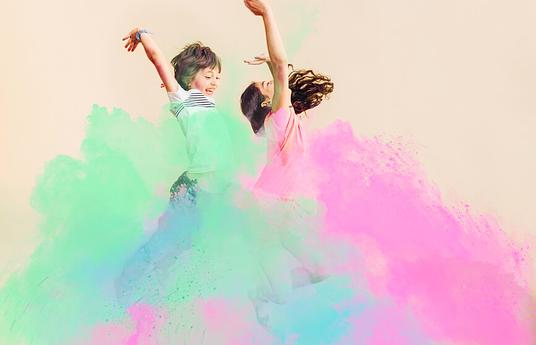Children today are worryingly unfit and experts say sedentary lifestyles have a lot to answer for. The good news is there are so many opportunities to incorporate movement into the school day. We've put together a collection of innovations to get kids moving whenever and wherever they can!
Make Simple Changes To School Culture
Cleaning Tradition - Cleaning is a great way to burn off excess energy. In fact, 30 minutes of floor mopping can burn 150 calories! The Japanese tradition of O-Soji involves school children helping to clean their classroom for 15 minutes each and every day. Although not the intention behind this activity, all that sweeping, mopping and tidying is fantastic exercise! Kids might complain at first but it can be as fun as you want to make it. Many teachers in Japan use it as a chance to blast fun music and build relationships with students in a more casual atmosphere.
Flexible Seating - Scrapping the seating plan in favour of a range of seating options can make movement around the classroom the norm. In addition, using unconventional seating, like therapy balls, can encourage active sitting and benefit a child’s balance, engage core muscles and improve posture. Therapy balls can also improve comfort, behaviour and listening skills in children with Autism and ADHD.
Promote Play To Get Kids Active
Playground Ideas - An exciting playground doesn’t have to cost a fortune. Playground Ideas is a not for profit that provides downloadable ideas, plans and manuals free of charge to empower communities to build their own playgrounds. Made from readily available and low cost materials, like recycled tyres and crates, these playgrounds won’t break the bank, but will provide a stimulating and child friendly area that encourages a range of movement and active play.
Unite Learning and Movement
Hands On Learning - Getting active can inspire disengaged students. With this innovation, rather than sitting behind a desk all day, small groups of students work together for a full day each week on exciting projects - building a mud hut in the school grounds, creating a playground for a local refuge - the possibilities are endless! Kids who don’t get their needs met in a traditional classroom find they flourish in this active hands on environment - research shows an 83% decrease in behaviour-related detention in participating schools.
Segni Mossi - Who said you have to paint sitting down? Created in Italy by an illustrator and a dancer, Segni Mossi offers workshops and training courses that blend movement with graphic art. Segni Mossi breaks down boundaries so learners don't have to paint sitting down, but can draw with their whole bodies, without looking, with their voices, in the air, anyway they choose! This limitless approach to art let’s kids embrace their creativity and freedom and gets them moving and dancing with confidence.
Make Movement Inclusive
Sensation Station Sensory Room - Movement and sensory stimulation is important for every child and can be particularly useful for learners with additional needs. A range of techniques and equipment can be used within this specially designed space to allow children to explore movement, develop their gross motor skills and experience vestibular and proprioceptive inputs, giving them tools to be calm and active learners during class.
The Daily Mile - What if all children and staff committed to spending 15 minutes of each school day walking, jogging or running outside? The Daily Mile isn’t a race and it’s not about how far a child goes; the emphasis is on moving in a way that feels good and is freeing to the child. This inclusive framework allows children with varied fitness levels, special needs or disabilities to join in without pressure to win or to achieve a certain level - it’s all about being free and getting the benefits of exercise, together!
Encourage Active Journeys To School
Traffic Agents - Concerns over road safety mean many parents are reluctant to allow their children to walk or cycle to school. Traffic Agents is an app, designed in consultations with kids, that gives them the power to report obstacles they experience on their route to school. They become ‘secret agents’, collecting data and photos of issues like heavy traffic or unsafe crossings, which is then sent directly to local government to help affect change.
Free Range Kids - This simple class-based program gets children to walk to school as far as they possibly can. Points are up for grabs with every walk to school and when the class hits a target they get a reward (always involving activity!) such as extra playtime or a planned walk to a nature reserve. Students get a brochure and license to negotiate with their parents how far they can walk, facilitating a conversation that can help parents to see that the benefits outway the risks.





